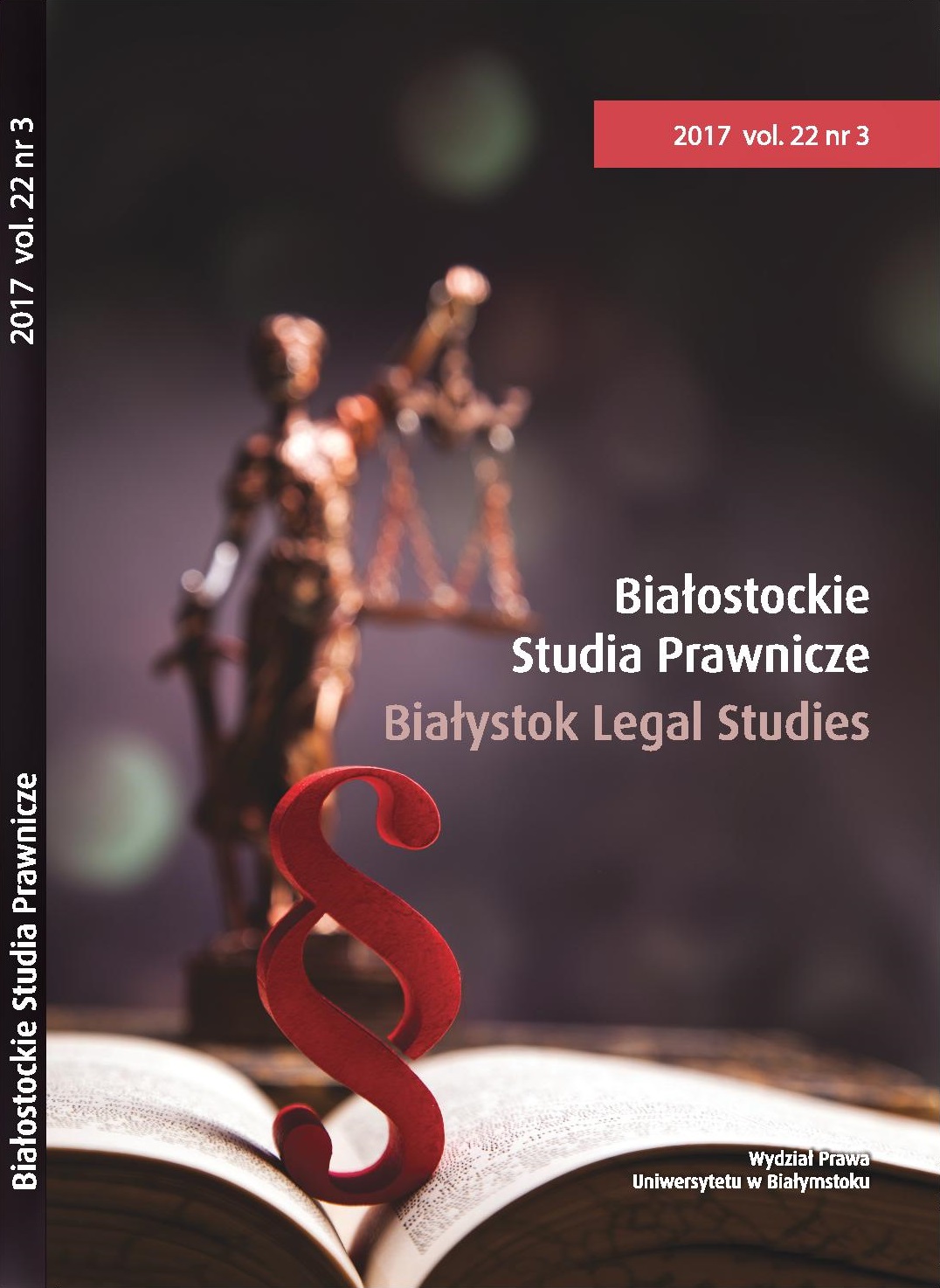

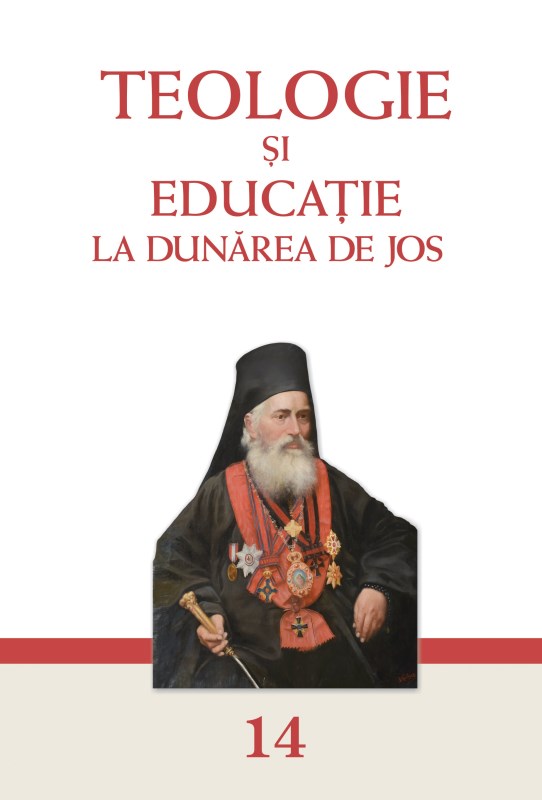
Keywords: Braila; Sf. Parascheva parish; priest Anghel Constantinescu; parish;
It seems that the distant past is handier, to which we confer an aura of glory, idealizing it and referring to him accordingly, by an act of imposed humility, than the recent past, which we ignore, considering it unworthy of our attention in comparison to the golden age of the Church Fathers, as though it would have nothing to offer. A quick look however fleeting on the documents that record, even partially and disparately, moments of church life of almost a century ago highlights faces of soul shepherds, bishops and priests, who worked in a Romanian society very similar, in many respects, to today’s problems and challenges which don’t differ much from today, and which, now as then, claims the same or some similar solutions. The present study aims to capture aspects of church life in interwar Braila under the observations of the priest Anghel Constantinescu, parson of St. Parascheva church, in the parish sheet “The Voice of the Church”, and to highlight the similarities and differences between the situation then and today in the pastoral work of the priest in parish.
More...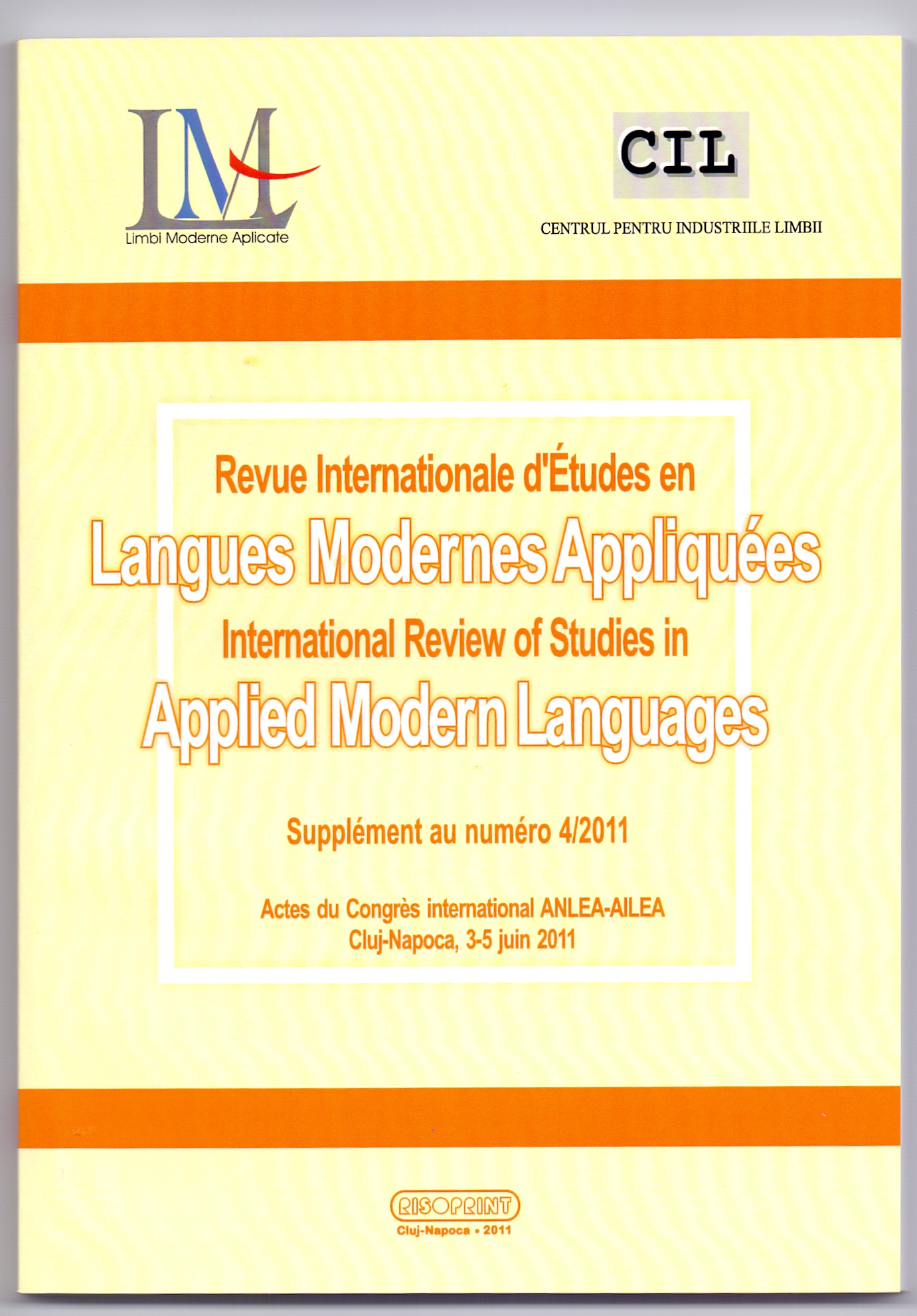
Keywords: -
-
More...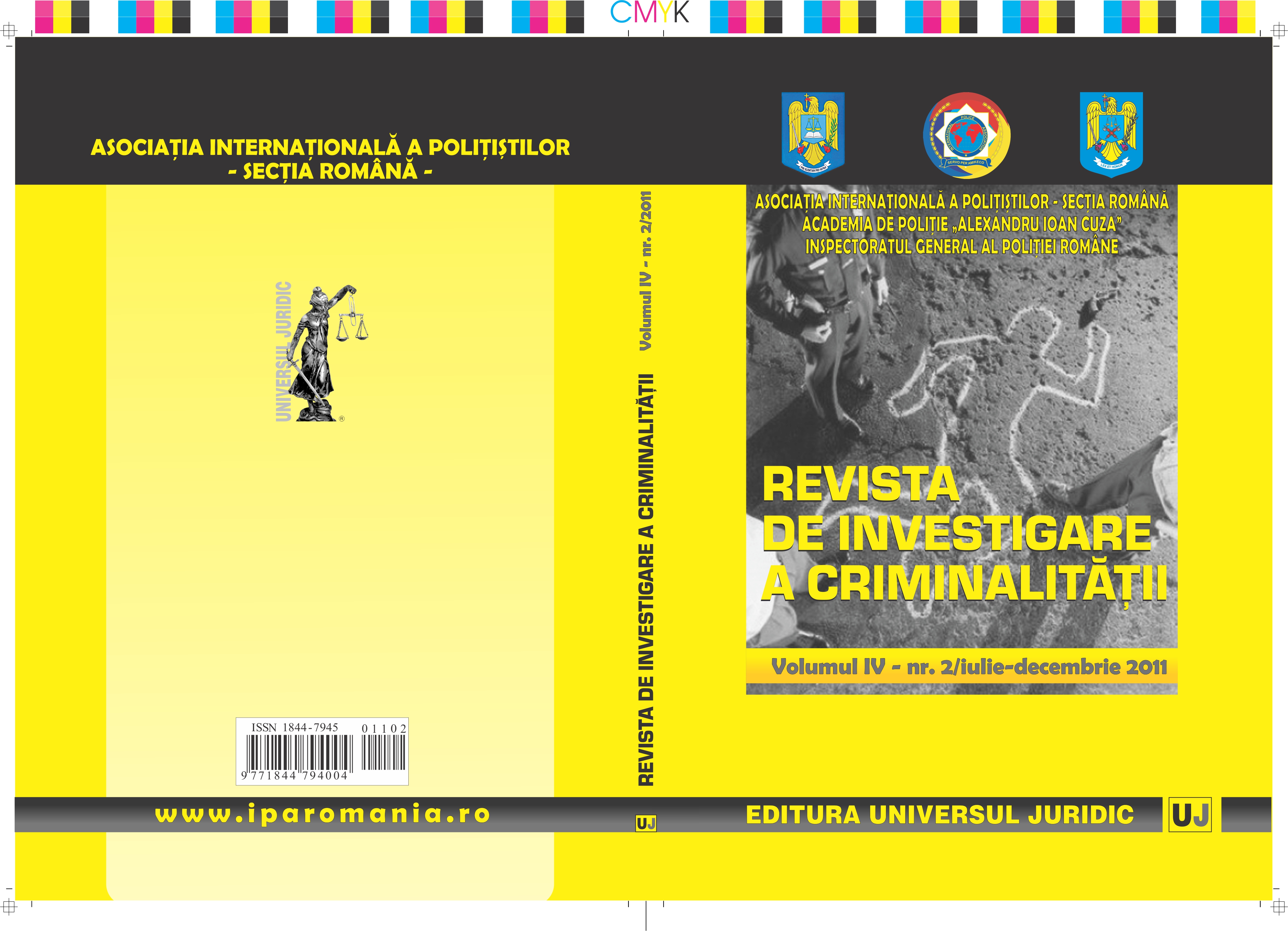
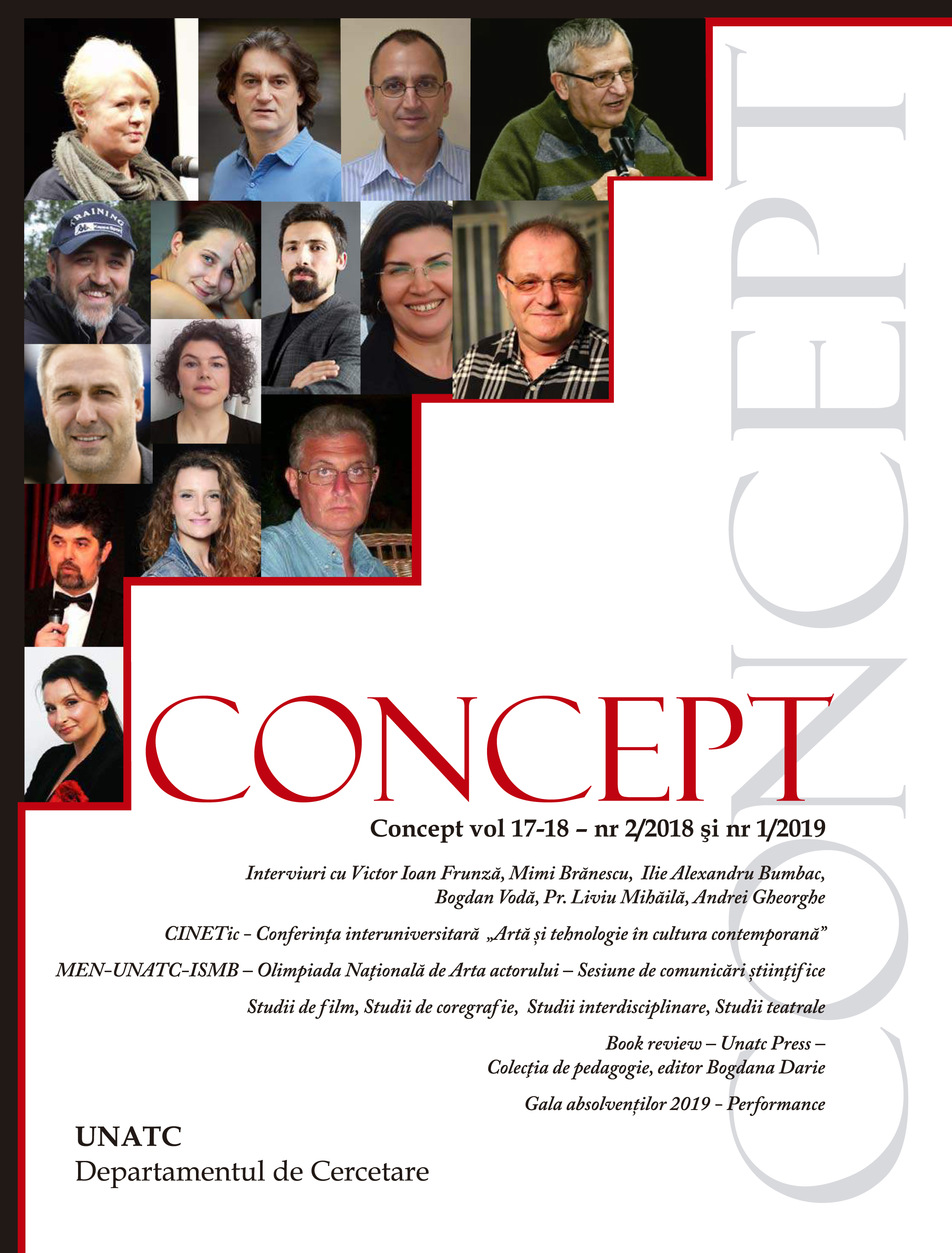
Keywords: personal development; theatre techniques; the acting workshop; abilities development; self-knowledge; self-esteem; research; experiencing;
Generally speaking, personal development gathers under its umbrella all the activities designed to bring well-being, balance, self-discovery to an individual, of its own physical and psychological resources, vulnerabilities, and an increase in self-control. Thus, sports activities, exercise of artistic talents and practical skills, dancing, enrichment of cultural knowledge by viewing movies or theatre plays, enrichment of literary knowledge, or general culture are part of an individual's personal development. Theatre techniques have multiple utilities in general education, especially when experienced under specialized guidance. The theatre workshop provides a learning context based on the discovery and valorisation of acting skills of both adults and young individuals, based on reflection and self-reflection, discovery and self-knowledge, continuous experimentation.
More...
Keywords: bullying; agression; countering; theatrical games; acting; group; personal development; psihodrama; art-therapy; Art-Therapy Masteral Programme;
Children have always been abused within their families, in their group of friends but especially in school. These environments should represent for the growing child an oasis of safety and stability, ideal for defining their personality. This phenomena, known as bullying, has the tendency to increase in intensity as time goes by the subject. The act of agression may turn into a wide variety of forms of violence and may lead to severe anxiety and depression episodes or even suicide. Children do not admit their hardship to their parents who, in turn, are ignorant to the phenomena. As a consequence, the victims of bullying lack the support they need, this having an effect on their present and long term behaviour, respectively on the process of reaching adulthood. Being aware of the crucial role acting played in my development I wish to emphasize the benefits of expanding its application from just a mere form of art to something more. My aim is to counter the bullying phenomena through theatrical games applied on a problematic group from within a designated environment (10 secondary school students with ages between 10 and 11) and also by using the techniques studied within the Master of Art-therapy Programme. I strongly believe that the power of acting and theatrical games, used in a proficient and structured manner has the ability to solve certain problems and eventually make the world a better place.
More...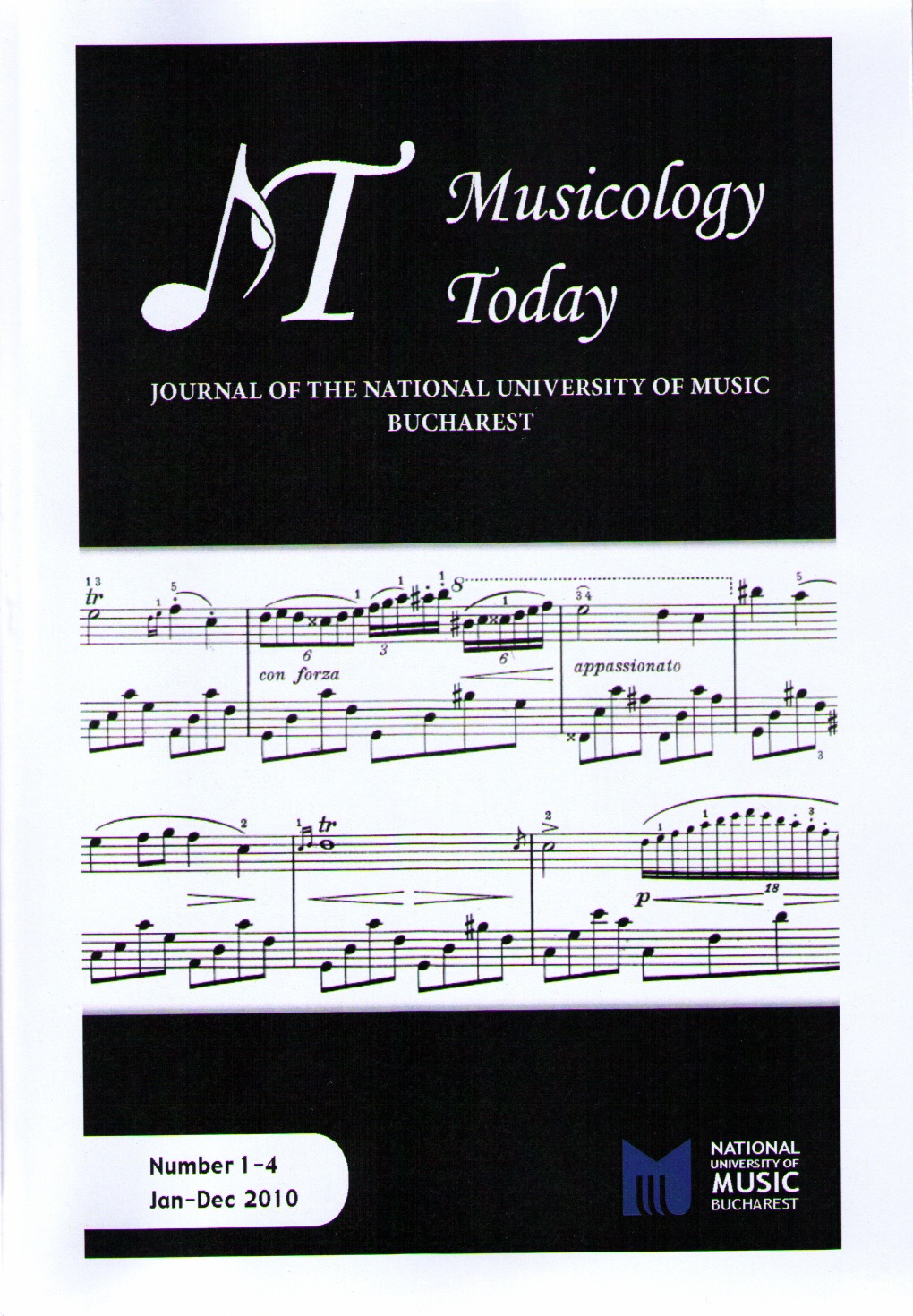
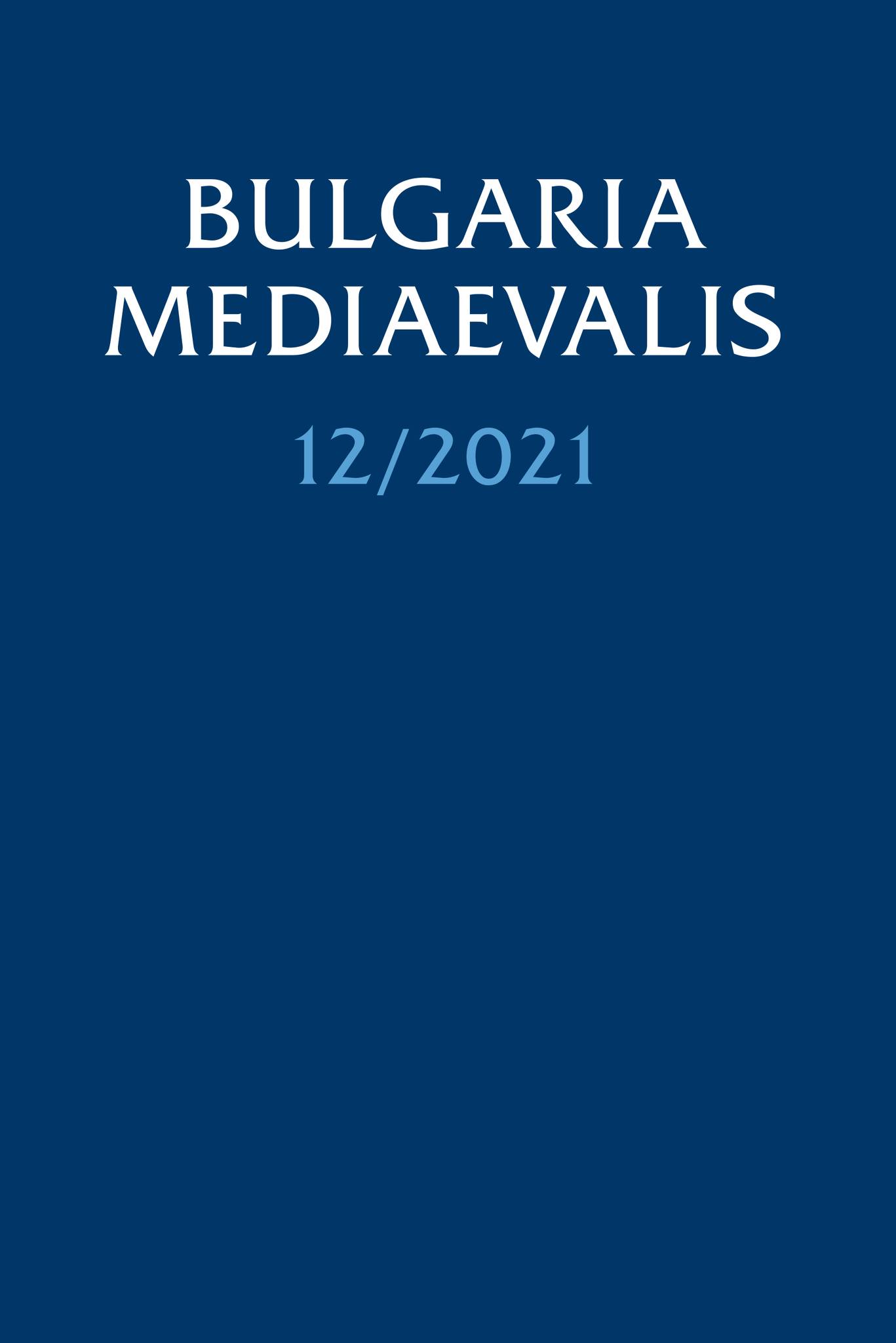
Keywords: Ottoman historiography; Ottoman conquest; medieval Bulgaria; Kera Tamara; Murad I; Enverī; Idris Bitlisi; Ivan Shishman; dynastic marriage
The Düstūrnāme, a rhymed Ottoman Turkish universal history composed by Enverī in 1465, contains one of the most idiosyncratic versions of early Ottoman history, which has received surprisingly little attention in modern scholarship. This paper analyzes Enverī’s narrative of the reign of Murad I (1362–1389) with a focus on his marriage with the Bulgarian princess Kera Tamara as reported by the Ottoman author. While referring to real events and personalities, this account has legendary overtones and seems to be based on fifteenth-century Christian and Muslim oral traditions, which have also found some reflection in Laonikos Chalkokondyles’ Histories. The analysis shows that Enverī has probably reproduced and versified an already circulating semi-legendary story of Kera Tamara’s appearance at the Ottoman court and the Battle of Kosovo Polje (1389), with the latter event depicted as a direct consequence of the former. In order to make sense of this memory, the second part of the study offers a reconsideration of the chronology of Kera Tamara’s marriage with Murad I – and hence of her brother Ivan Shishman’s acceptance of Ottoman suzerainty – which has been traditionally dated in the 1370s. As most of the scholarly opinions on that matter are based on the inaccurate chronology of an Ottoman tradition going back to the work of Idris Bitlisi (d. 1520), his narrative is revisited to show that he (like Chalkokondyles) actually placed the Bulgarian tsar’s vassalage among events that can be securely dated in the 1380s. A hypothesis is thus put forward to the effect that Ivan Shishman became Murad’s vassal and sent Kera Tamara in his harem after the Ottoman conquest of Sofia ca. 1383–1385.
More...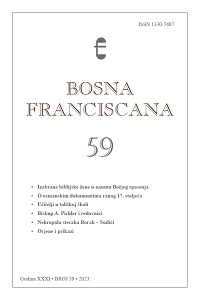
Keywords: Matthew 1:1-17; history of salvation; genealogy; women;
Predmet ovoga rada jesu četiri starozavjetne žene spomenute u rodoslovlju Isusa Krista (usp. Mt 1,1-17) promatrane kroz prizmu Božjeg nauma spasenja. U prvome dijelu prikazana su rodoslovlja, s naglaskom na ona Kristova, kao sažeci povijesti spasenja u kojima se uočava učinkovitost prenošenja života i Božjeg blagoslova darovanog ljudima. Drugi dio rada opisuje život nositeljâ rodoslovljâ u kontekstu patrijarhalnog društva Svetoga pisma te naglašava kako je i žena pozvana biti suradnicom i sunositeljicom blagoslova. Posljednji se dio osvrće na četiri starozavjetne žene koje se spominju u Matejevom rodoslovlju Isusa Krista. Njihova neuobičajena prisutnost svjedoči o tome kako su i grešnici i pogani pridonijeli dolasku Spasitelja svih naroda te su upravo one predznaci neobičnog događaja u povijesti čovječanstva – Božjeg očovječenja.
More...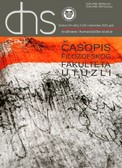
Keywords: Jews; historiography; remembrance; places of silence; Evil; extermination; genocide; radical evil; free will;
In 2022, the Department for the Public Register of the Government of Brčko District of BiH, Section for Archive, and the Jewish Community of BiH, published the monograph Tracing Brcko's Jews (Monograph), authored by Tamara Vijoglavin Mančić. It is, in Brcko's circumstances, a valuable and rare publication which, in a concise, graphic, well-documented, and methodical way, brings back from oblivion the tragic fate of the Jews, who made a significant contribution to the economic and cultural development of the city, and who were, at one historical moment, most brutally exterminated from the area of Brcko. Today, there are no traces of their habitation in Brčko, nor a "place of memory" of their tragic fate. As such, the Monograph Tracing Brcko's Jews is a historiographical miniature of snatching from oblivion the presence of Evil in these parts. And much more than that. Because in her "places of silence" we can read off the lack of our freedom to face the Evil in ourselves and around us. And you can't escape from Evil, because it is always potentially within us. We must confront Evil, both within us and around us. Therefore, these "places of silence" ask for a change one's existential positioning. Otherwise, a new Evil is at the door, with whose arrival we will again be either victims or criminals. Or both.
More...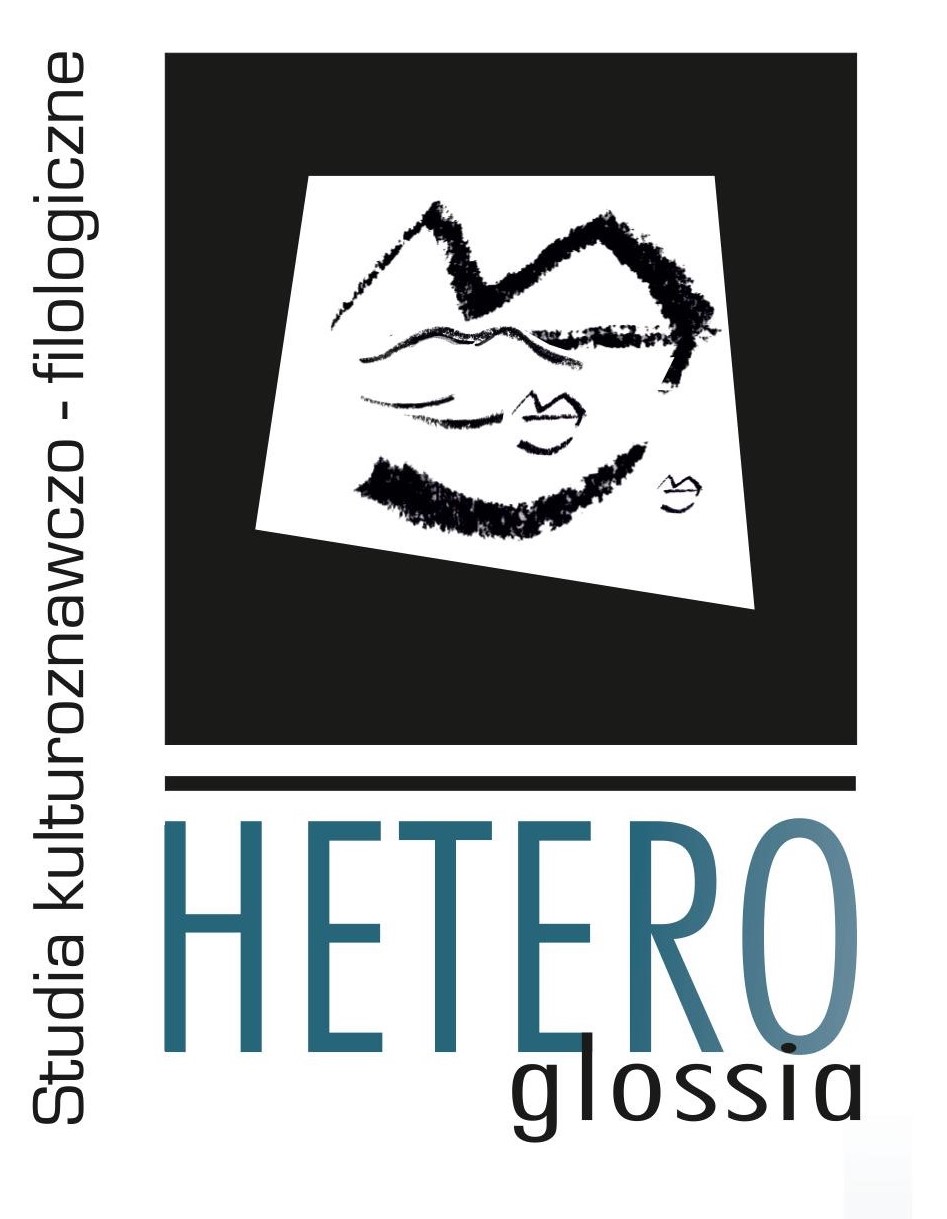
Keywords: profile; linguistic world picture; war; own; alien;
The article was written in the vein of research into the Ukrainian national-linguistic image of the world. The nominative layers of the vocabulary for the designation of thebasic opposition ‘own-alien’ were considered – as one of the profiles of the concept of theRussian-Ukrainian war in the novel Dotsya. It was found that this profile in the text of thequasi-participant in the war Tamara Gorikha Zernya is constructed on the basis of an organiccombination of individual and authorial views and at the same time national worldview. Themain binary dichotomy ‘own-alien’ is expressed, in particular, in the extensive system of namesof a) stages of preparation for the Russian-Ukrainian war, b) its participants, c) locations of thelanguage map of Donetsk marked by the war.
More...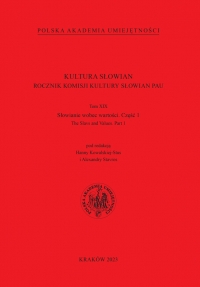
Keywords: John Paul II; Tamara Yakzhina; Russian culture; dialogue; higher values;
The author aims to show the work of Tamara Yakzhina, a Russian journalist and filmmaker of Polish origin, who for years collected materials about Pope John Paul II, with a view to bringing his personality and work closer to Russian audience. The paper concentrates on two documentaries: Fear Not! I Pray for You! (2005) and The Pope Who Did Not Die (2012). Karol Wojtyła is portrayed in both films as a figure seeking dialogue with followers of other religions, including the Orthodox Church. Moreover, the article brings to light John Paul II’s conversations with the Russian, his command of the Russian language, and his passion for Tchaikovsky’s music, Russian literature and philosophy. The author reveals that the Pope, when speaking about the most important matters, used quotes from the works of Dostoevsky. Following Yakzhina and the authorities that she mentions, the author speculates why the Holy Father never visited Russia, even though he was invited by the heads of the state. The author also shows the choice of topics the filmmaker made to accurately bring the figure of the ‘Rimsky papa’, or ‘the Roman Pope’, to Russian-speaking audiences.
More...Keywords: scenography; theatrical art; show; spatial organization; stage decorations;
Constantin Lodzeiski was one of the foremost theatre, opera, and ballet designers in the Republic of Moldova. He started his activity in 1947, when he was employed as chief painter at the State Dramatic Theater from Bălţi. Initially, C. Lodzeiski worked on the decoration of drama performances, which can be explained not so much by his interest in this type of dramaturgy, but by the lack of a musical theatre in the country, the latter being closer to his artistic nature. It was only at the end of the 1950s, when the State Opera and Ballet Theatre was established in Chişinău, that C. Lodzeiski began to work mainly on the stage decoration of musical performances. The adoption of the latest trends in the decoration of opera and ballet performances allowed C. Lodzeiski to move to a new stage in the development of the Moldovan scenographic art. Finding himself at the dawn of Moldovan Soviet scenography, the artist contributed to the development of new directions and principles for the organization of the scenic space and theatrical scenery, advancing the development of professional theatrical-decorative art of the republic. During his creation, the artist makes decoration sketches for over 100 shows from national and universal classical and contemporary drama.
More...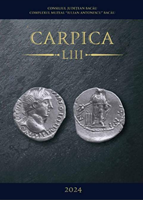
Keywords: book review; Camelia Bogdănici; Richard Constantinescu; Romanian history;
Review of: Richard Constantinescu, Camelia Bogdănici, Privirea creatoare: stări şi straie la români. Iaşi, Editura Gr.T. Popa, 2023 (Dimitrie-Ovidiu Boldur). 180 P., ISBN 978-606-544-892-6.
More...
Keywords: book review; Tamara Cojuhari; Gheorghe Postolache; Sergiu Pană; botanical garden; collection; plants;
Review of: Tamara Cojuhari, Gheorghe Postolache, Sergiu Pană. Diversitatea floristică a Grădinii Botanice a Muzeuliu Național de Etnografie și Istorie Naturală. Ghid informativ. Chișinău: Lexon Prim, 2019, 140 p.
More...
Keywords: book review; Tamara Cojuhari; Gheorghe Postolache; Sergiu Pană; botanical garden; collection; plants;
Review of: Tamara Cojuhari, Gheorghe Postolache, Sergiu Pană. Diversitatea floristică a Grădinii Botanice a Muzeuliu Național de Etnografie și Istorie Naturală. Ghid informativ. Chișinău: Lexon Prim, 2019, 140 p.
More...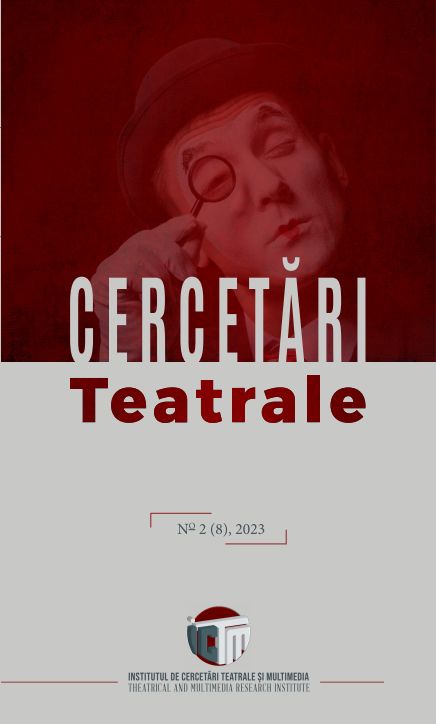
Keywords: limits; taboo; performing arts; ethics; freedom;
Theatre represents an ingenuous form of dialogue of the self with another, a space of contradiction between freedom and alienating forms of power. By opening paths of ethics, the performing arts impose or are imposed on themselves limits that the stage performance itself continues to interrogate. Are there ways or means to sign an “agreement” between the stage creators and the audience, between the creation and the spectators, in such a way that, without infringing the right to freedom of the artists, the feelings, convictions, or beliefs of the receivers are not adversely affected? The answer comes from the very relationship that the theatre has with itself, from the way the creators understand how to manage sensitive subjects, approaching and not ignoring them, but passing them through the filter of a responsibility regarding the mission of art and the significant role which the encounter has. In contemporary theatre, there are taboo or controversial topics (for example, the representation of violence and trauma) that attract more attention than ever and continue to be perceived as sensitive depending on the cultural, social or political context in which they are presented. Thus, the limit becomes a central notion that we cannot avoid in the discussions related to the role that the theatre plays in relation to the spectators and their sufferings or sensitivities.
More...

Keywords: komunikacja na wystawie; projektowanie komunikacji; budowanie wizerunku wystawy; edukacja przez komunikację i wystawę; komunikacja w prezentowaniu biografii
Celem artykułu było zaprezentowanie biografii Tamary Łempickiej w kontekście pierwszej w Polsce wystawy malarki, zorganizowanej w 2022 r. przez Muzeum Narodowe w Lublinie. Autorka dokonała analizy projektu komunikacji zastosowanego na wystawie, na której prezentowano nie tylko dzieła artystki, ale także epokę art déco, codzienne życie oraz artystów z lat dwudziestych i trzydziestych XX w. Dokonano analizy komunikacyjnych kontekstów kulturowych, społecznych i biograficznych, w których była prezentowana postać Łempickiej. Podjęto próbę zbadania skuteczności przekazu w kontekście przyjętych rozwiązań narracyjnych, scenograficznych i kompozycyjnych.Analizie poddano także artystyczno-komunikacyjne dążenia artystki, mające na celu promocję własnego wizerunku i kreowania marki. Jako przykład można wskazać słynny obraz Łempickiej Autoportret w zielonym bugatti, który wystąpił w potrójnej komunikacyjnej roli. Z jednej strony użyty został jako okładka do opiniotwórczego magazynu modowego „Die Dame”, z drugiej zaś stał się reklamą marki Bugatti. Podkreślenia wymaga także rola modelki – autorki obrazu i zabieg autokreacji, który polegał na umieszczeniu tuż nad klamką, w miejscu wprowadzenia kluczyka, inicjałów „TL”.Autorka podjęła próbę odpowiedzi na pytanie o fenomen komunikacyjnego sukcesu marki Łempickiej, niesłabnące zainteresowanie jej osobą i sztuką. W odpowiedzi na to zagadnienie pomogło dotarcie do wielu szczegół z życia Łempickiej oraz badanie sposobu ich komunikowania przez Muzeum.
More...Keywords: the actor-human; the actor’s transcendental expressiveness; energy centres; theatrical action, rhythm; rhythmic language;
Following the laws of modern physics, which claim that everything is vibration, theater practitioners analyze the humanactor’s body as a conduit of energy of different qualities, and the correlation between actors and the people present at the theatrical action as a movement of energy. With the help of transcendental expressiveness, the actor is able to create a cumulativemovement of emotional, intellectual, physical, spiritual energy, uniting everything into a single energetic space. He contributesto creating such contact with the audience, when they begin to feel the real presence of the energy that circulates invisibly. Its free movement allows the formation of unique bases of perception, regardless of skin colour, culture, spoken language, or religion.
More...